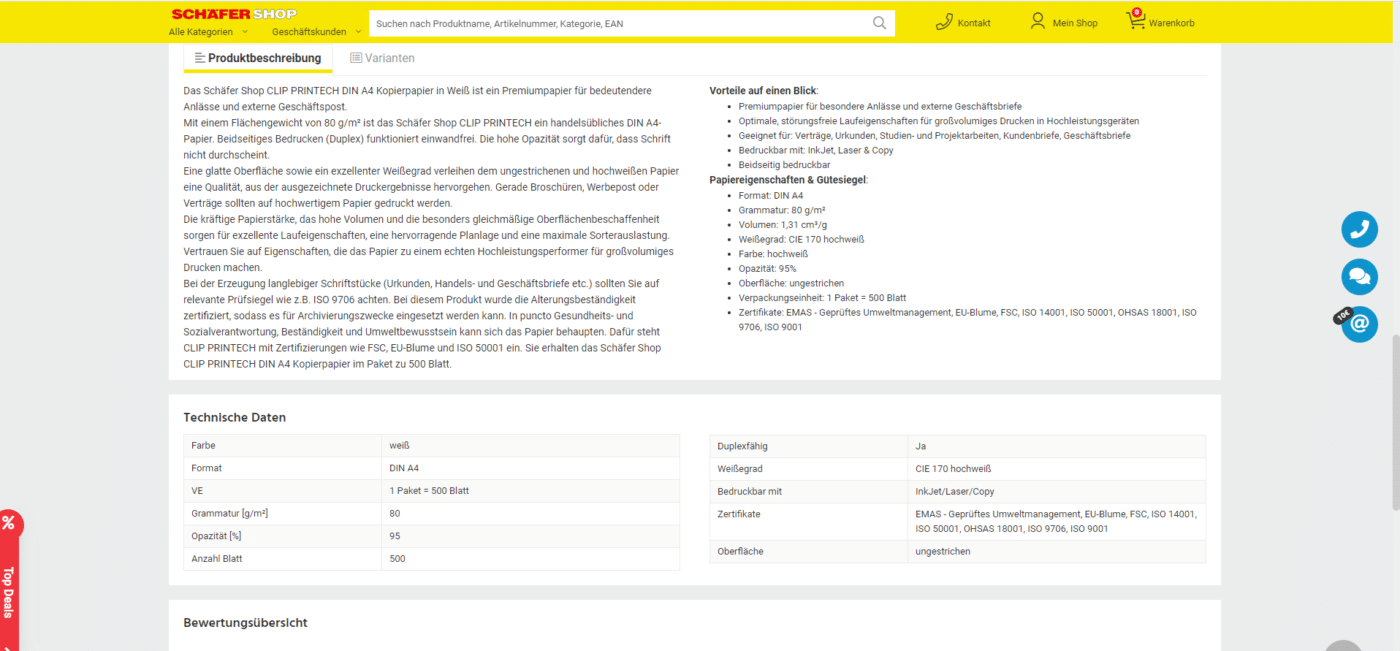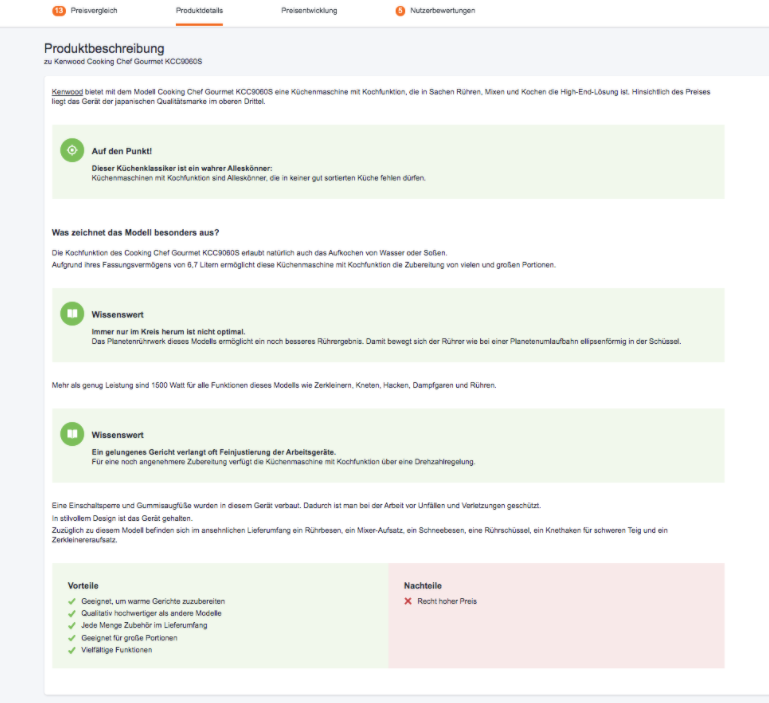Automated Content Creation: Facts & Quality Check
Reading Time 5 mins | August 25, 2021 | Written by: Saim Alkan

Automated content writing - some people still associate this with generic fill in the blanks with little added value for the reader. A common perception is that creative texts require creative minds to write them, and that's not possible with software. Time for us to look at the hard facts and clarify two questions:
- How much quality can be found in automated texts?
- What results do automated texts produce in figures?
About the quality of automated content
The quality of handwritten or automated content has been the topic of numerous studies in recent years. In these studies, participants were asked to evaluate texts that they did not know whether they were written by a human or by software. Mario Haim of LMU Munich and Andreas Graefe of Macromedia University of Applied Sciences in Munich summarize the results in their study "Automatically Interesting?" as follows: "Readers evaluate the quality of computer-generated and manually written texts very similarly, especially with regard to their credibility and journalistic expertise." Some studies even show that automated content is evaluated more objectively and credibly by the participants.
However, the quality of a text depends in both cases - handwritten and automated - on the skills of the user of the software or the copywriter. His or her creativity, writing talent and content input shape the quality of the text. After all, also a tool for content automation based on Natural Language Generation needs input from a human who defines how to interpret certain data and how the text should be structured.
Automated content vs. handwritten content - competition or complement?
The difference between manual and automated writing: In automated content creation, the copywriter does his work on a meta-level, which means that he does repetitive writing tasks only once and not a new for each text. Since manual writing does not scale, content automation provides him with a tool for specific use cases to make it scalable.
And thus the answer to this question is already obvious: Repetitive writing occasions that take up a lot of time are perfect for scaling or automation. Non-recurring tasks with individual and large research efforts are usually still written faster by hand. And thus automated and handwritten texts complement each other perfectly, without competing with each other.
Real examples, real numbers - these are the effects of automated content creation
Example 1: Automation of advisory product descriptions at Schäfershop
Schäfershop's copywriting team uses the AX Semantics product description generator to automate the many thousands of product descriptions for the online store. This enables the team to now provide unique and advisory content at the item variant level, rather than at the product level as before. Customers are thus well informed and advised about the product. And this is also reflected in the figures: Since publishing the new product descriptions, the online store has recorded a shopping cart value that is up to 10 percent higher than before. At the same time, the copywriting team now produces 30,000 unique product descriptions for their website a year instead of 2,000 - a real relief, since many repetitive tasks are eliminated. Of course, this also reduces costs: instead of €26 for a handwritten product description before, it now costs Schäfershop only €3 on average.

Example 2: Over 1 million written product updates per year at billiger.de
At billiger.de, in addition to the generation of detailed and unique product descriptions in large numbers, there is another aspect: Since billiger.de compares and offers numerous electronic devices as a comparison platform, the topicality of the content on the website plays a major role. For example, while the iPhone 8 was the absolute flagship in the Apple product range a few years ago, this looks completely different just a few years later. Technology develops and what was an innovation two years ago can be replaced by the next development just a short time later. In order to always provide readers with up-to-date and advisory content on every product, billiger.de continuously generates and updates extensive product descriptions including pro and con lists using AX Semantics software - a job that an editorial team could not manage manually.

Example 3: Internationalization with 50,000 generated product descriptions in 17 languages at Skatepro
Skatepro is a Europe-wide operating company and supplier for sporting goods and sports equipment and was faced with the challenge of implementing unique content in numerous languages and with a small team. After a previous failed attempt to work with translation tools, as they are error-prone and did not deliver the desired quality, Skatepro started to automate content - with success. Within a year, the team has created and generated more than 50,000 texts in a total of 17 languages with the AX software. Error-prone "literal" translations, as they happen with translation tools, can be avoided with text generation, because the initial set of rules comes from a human.
Interested in more content automation cases? Then be sure to check out the Meetup with Saim Alkan - here he presents three more real customer cases:
Summary
The examples listed show that there are many areas in content creation where the use of AI-powered content generation is the most efficient and often the only practical way. After all, in the examples given here, companies were able to use the software to create texts that did not exist before because there was no solution to accomplish the task.
In summary, in quite a few cases, content automation offers:
- Time and cost savings
- Constant up-to-dateness of texts without manual editing of each text
- Scalability of copywriting resources
- Larger shopping carts due to better advice in the content
- Fast and high-quality internationalization of content
Saim Alkan
Saim Rolf Alkan is Chief Executive Officer at AX Semantics and a pioneer in the field of automated content generation. After successfully working in content for years, he decided that businesses needed a better tool: one that would allow man and machine to work together to produce the volume of content needed to thrive in the digital age. Saim developed a content solution that generates high-quality texts from data in 110 languages for use in industries including e-commerce, publishing and finance. He is also a lecturer and speaker in the fields of online communication and "robot journalism" and has written several books and numerous articles.

